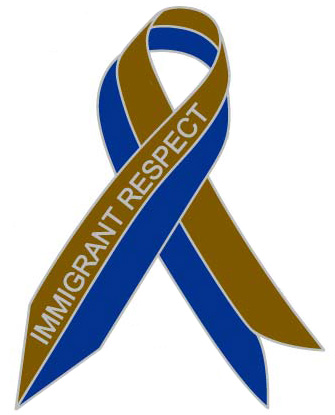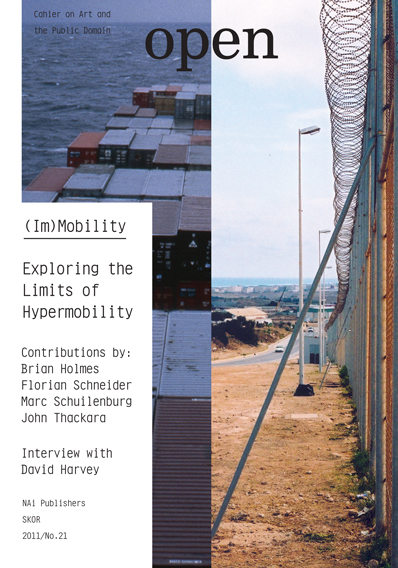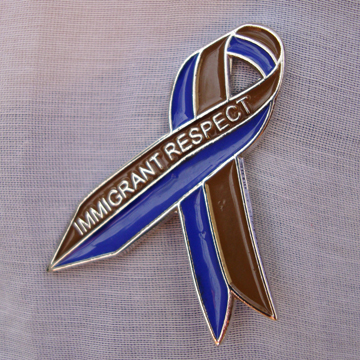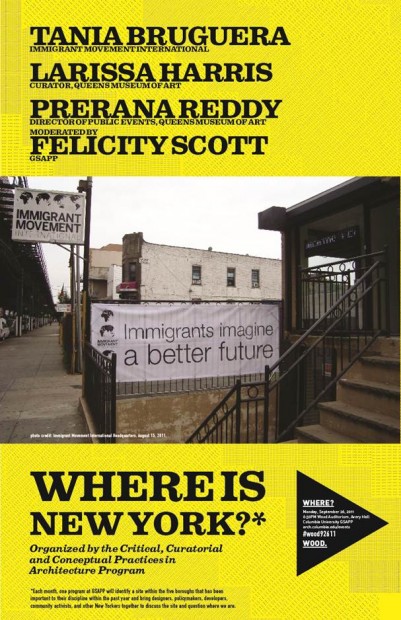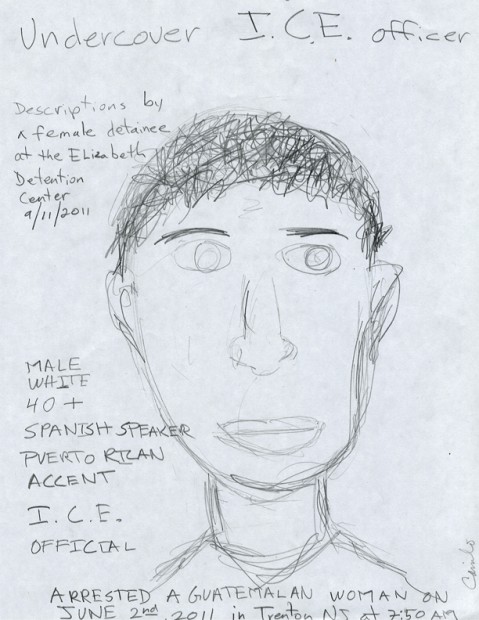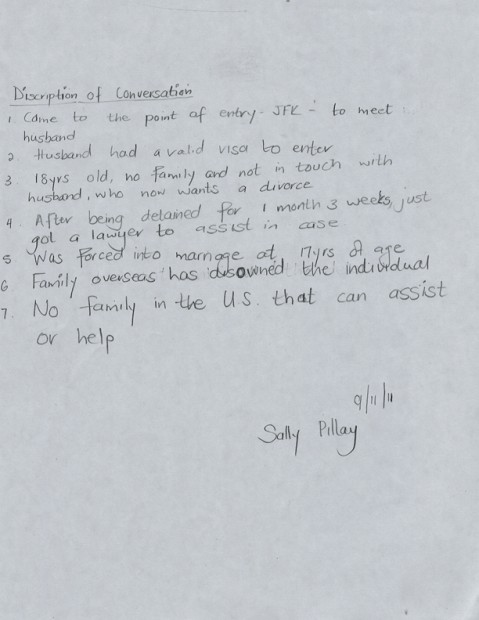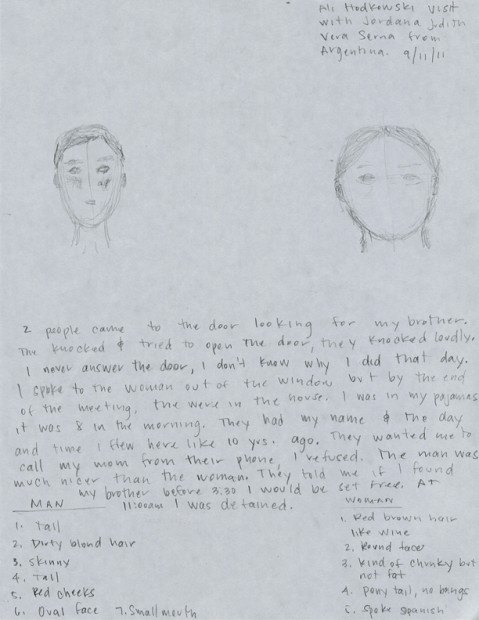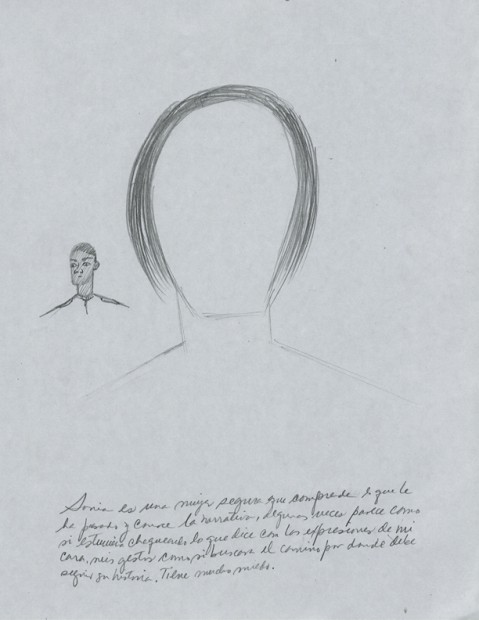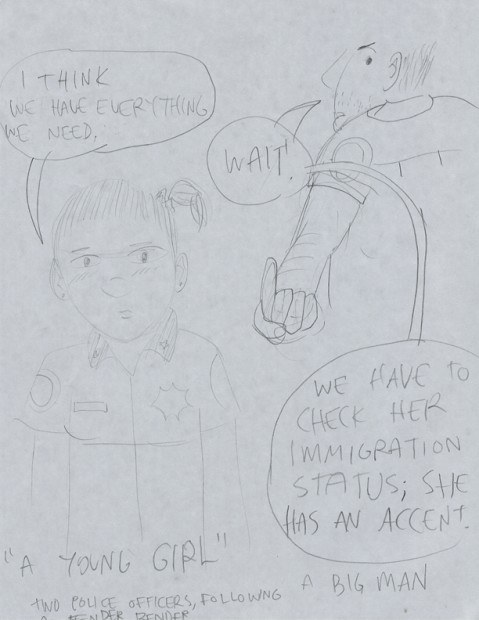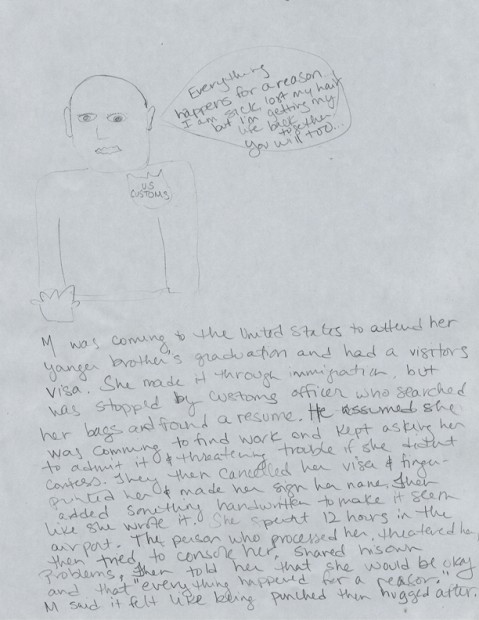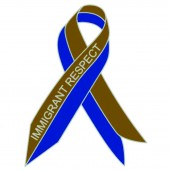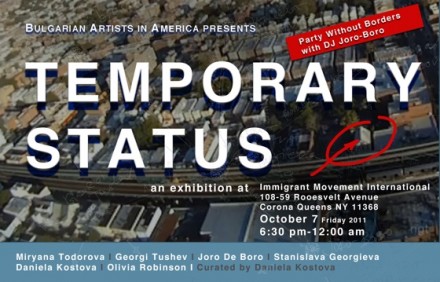
Bulgarian artists in america (baa) at immigrant movement international
temporary status
Friday, October 7, 2011 6pm-12am
Artists: Miryana Todorova, Georgi Tushev, Joro De Boro, Stanislava Georgieva, Daniela Kostova, Olivia Robinson.
“Always in motion, bodies and objects stay in a fluid state of change and potentiality: people get together or separate, accidents happen but what remains present is the exhilarating air of risk and uncertainty.” (Miryana Todorova about her work)
The ambition of this event is to highlight artists of Bulgarian origin who live in the U.S., by showcasing their creative practices. All the works presented at IM International are collaborations among the show’s participants, and reflect their immediate surroundings while creating a complex system of connections. They address issues of visibility, collectivity, crossing boundaries and overcoming limitations. Although the artists depend on each other in their work, they represent an open system that is seeking to connect and expand. Therefore we have invited a guest artist Olivia Robinson, part of our greater collaborative network.
The title Temporary Status reflects the in-between state of being an immigrant with a shifting bound to a particular geography, as well as the unstable mode of an art career defined by a specific contexts and level of recognition.
This event is the second in a series of initiatives by Bulgarian Artists in America (BAA), a professional organization that serves as a platform for artists and cultural workers of Bulgarian origin living in the U.S. The U.S. is home to the largest part of the Bulgarian diaspora, with NY’s highest concentration residing in Queens. In a similar context as Immigrant Movement International (IM International) initiated by Tania Bruguera, we find our role of creating a forum and serving this community’s needs through arts to be very important. Our events therefore aim to reach out to and beyond the Bulgarian community in the US and to celebrate multiculturalis
The Program:
* A screening of Body Without Organs —Bulgarian Bar, a documentary by Daniela Kostova about the legendary place, will open the night. Staring Dj Joro-Boro and Eugene Hutz (Gogol Bordello), this is a movie celebrating the nomadic spirit and shared community of NYC.
* An artists and musician, Joro-Boro is also portrayed in Stanislava Georgieva’s project Nomads—a series of intriguing photographs of single men captured in the precarious uncertainty of their temporary homes.
* Another subject of this series is Georgi Tushev, photographed with his hand-made remotely controlled aircrafts fitted with built-in video cameras. Tushev has developed a body of work using these aircraft, called First Point of View, challenging our physical limitations by showing unidentified landscapes from above. For the event in Corona the artist will fly an aircraft over the neighborhood and later screen the recorded video.
* Miryana Todorova, whose performances often involve the artists in the show as participants or documentarians, will present the video Towards Movable Architecture. Catalyst for this piece is the performative instability, which becomes a device to revolutionize the way we move in space.
* Similar is the approach in Olivia Robinson’s interactive performance Negotiations, where an alien figure played by Daniela Kostova is under surveillance by her own attached policeman outfitted with video camera.
* The night will culminate in a party without borders led by DJ Joro-Boro who is also showing a video Charlatan of Junk Projection as.
Expo video from Corona, Queens made by Georgi Tushev, September 2011 on Youtube.
—————
For more information please contact: Daniela Kostova
Tel: 646-484-0689 E-mail: danykosto@hotma
—————
